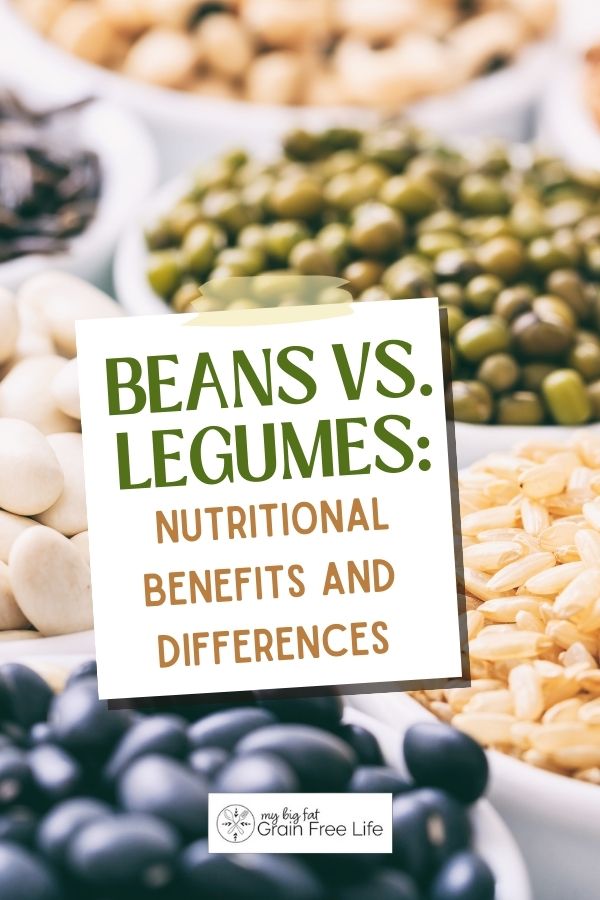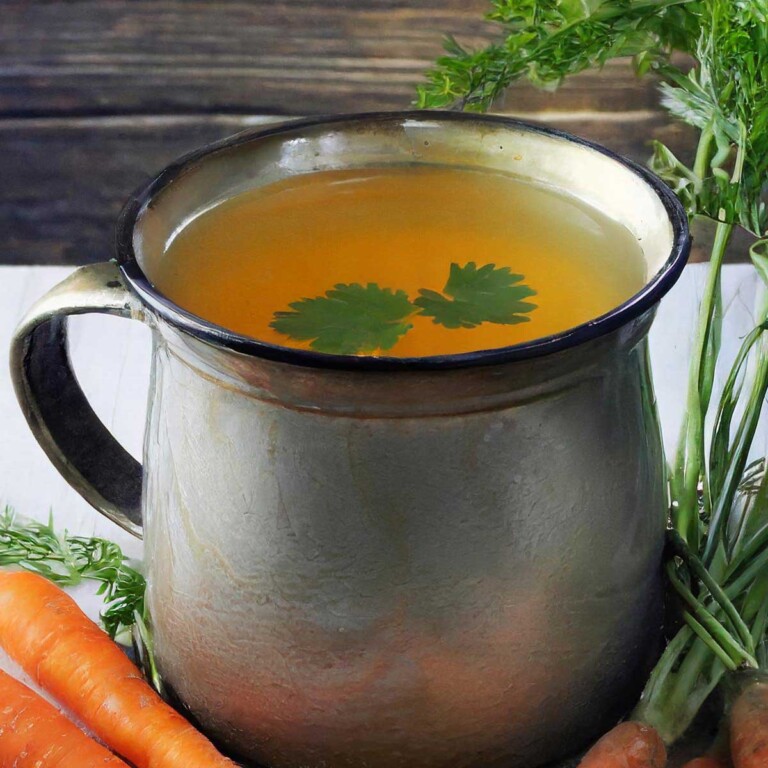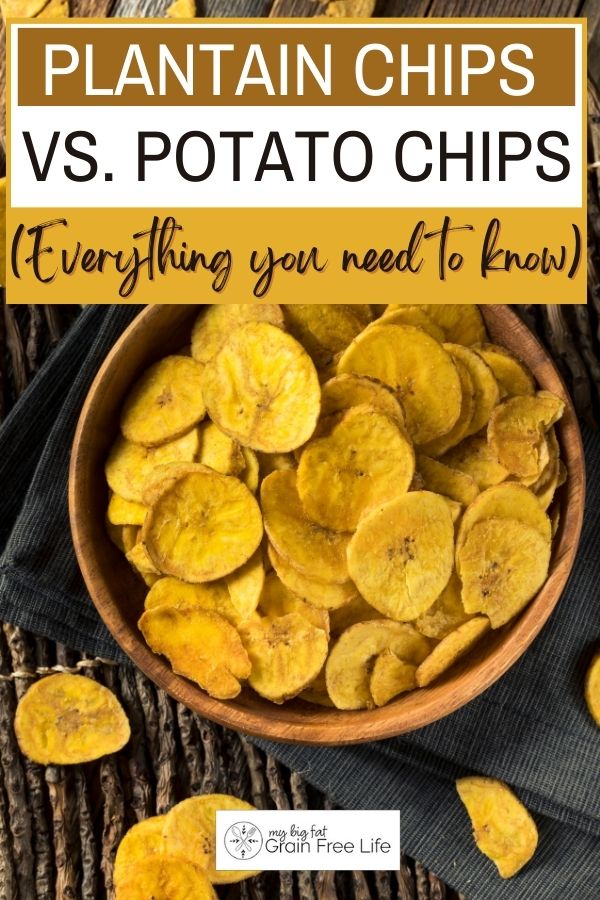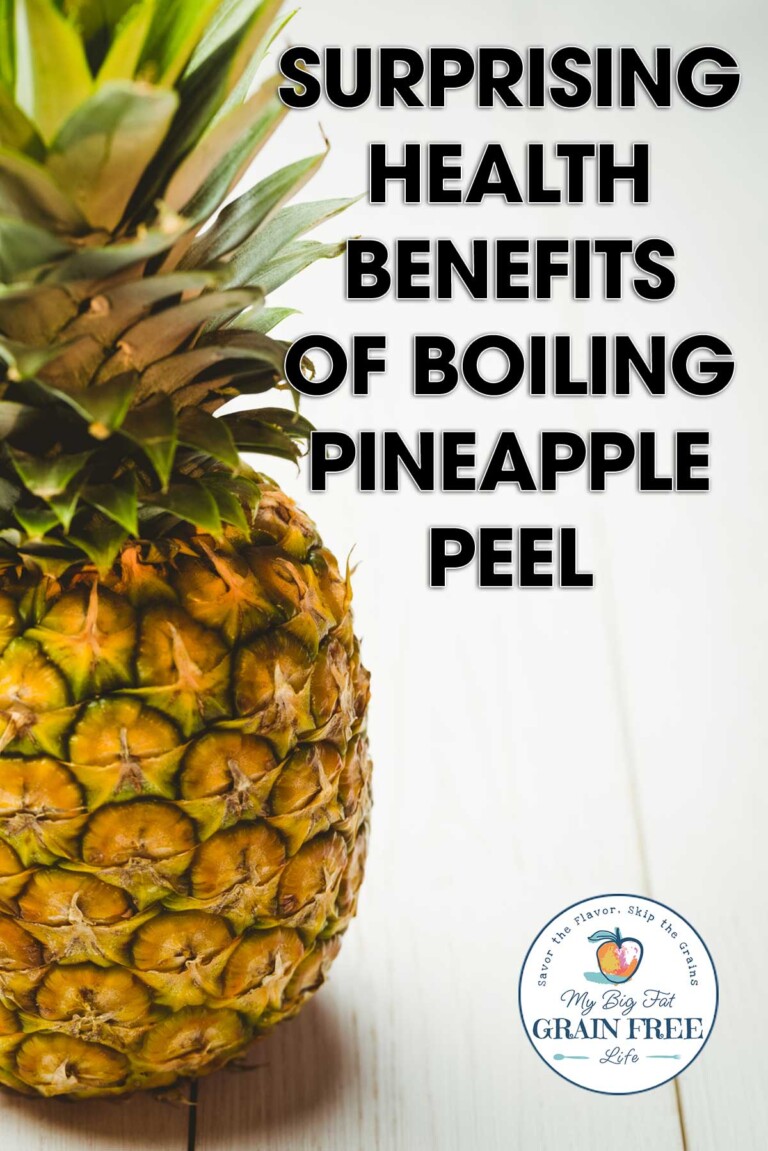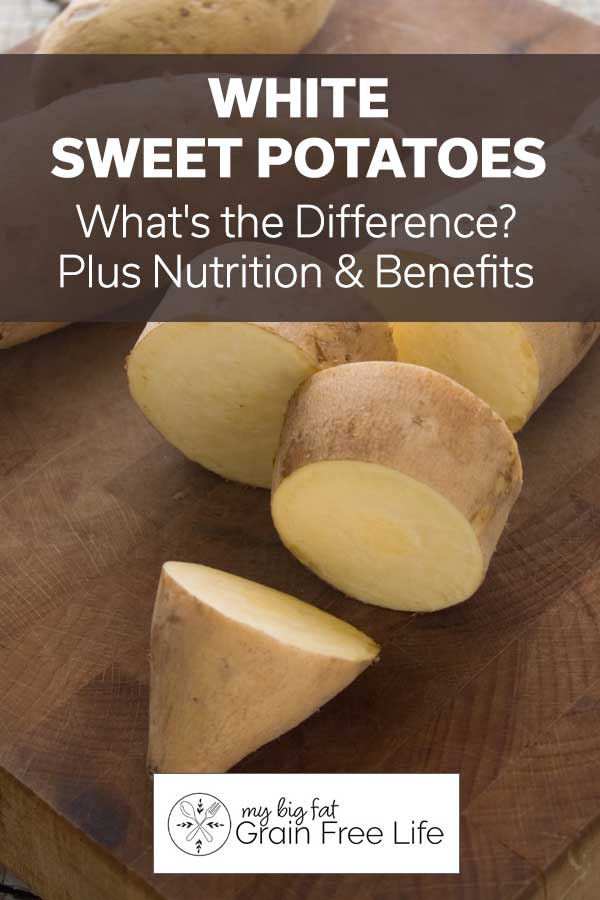Beans Vs. Legumes: Nutritional Benefits and Differences
This post may contain affiliate links. If you make purchase after clicking a link, I may receive a commission at no extra cost to you.
Last Updated on June 22, 2023
Are you curious about beans vs legumes? Beans and legumes are staples in plant-based and vegan diets, and for a good reason! They are full of great health benefits. So, let’s learn more about the differences between beans vs legumes and why you might want to consider adding them to your diet.
Beans Vs Legumes
Are you curious about beans vs legumes? Beans and legumes are excellent sources of protein if you’re eating a plant-based diet. You can even make a plant-based milk beverage using legumes! Plus, they’re extremely healthy and full of soluble fiber.
What’s the Difference Between Beans and Legumes?
The essential difference between beans and legumes is that legumes are plants that bear fruit that grows in pods, like peas. Legumes include all varieties of beans, pulses, and peas from the Fabaceae family.
Beans, on the other hand, are seeds from various types of legume plants. Keep in mind that just like oranges are a type of fruit, beans are a type of legume.
Legumes
There are many different types of legumes in the world since the group includes all peas, beans, and pulses worldwide.
Legumes are an important part of vegan diets. They have a high fiber content but low in fat and cholesterol. Considered a superfood, legumes are an excellent source of complex carbohydrates to include as part of a healthy diet.
Beans
Beans are a type of legume from the family Fabaceae. The edible seed is often used for grain crops. In addition, beans need warm temperatures to grow, so they tend to be a summer crop.
Pulses
Pulses are defined as dried seeds of legume plants. This group includes dried peas, dried beans, and lentils.
All beans are classified as legumes, but not all legumes are considered beans.
Beans Vs Legumes
Keep in mind that beans are a part of the legume botanical family, but legumes encompass a wider variety of legumes than just beans. For instance, peas are part of the legume family but are not beans since peas have a hollow stem, while beans have a solid stem.
Difference Between Beans and Legumes
The definition of a legume is that it’s a plant that bears fruit that is grown in a pod. Beans are a type of legume, but they’re defined as edible seeds that grows in long pods on legume plants.
Difference Between Legumes and Pulses
While legume is an umbrella term for plants bearing fruit that grows in a pod, pulses refer to the edible seed from legume plants that are dried before being eaten.
For instance, fresh peas are legumes, but dried peas are pulses.
Main Types of Beans
You’ll find that there are a wide variety of beans grown around the world. Some of the main types of beans are black beans, black-eyed peas, great northern beans, red kidney beans, lima beans, and pinto beans.
How many types of beans are there?
There are over 400 different types of beans grown around the world. Beans were first cultivated thousands of years ago and have been a staple food since that time.
Beans List
Here’s a quick list of a few of the many types of beans you may run into while shopping at grocery stores in the United States.
- Adzuki Beans
- Anasazi Beans
- Black Beans (check out our recipe for black bean chili!)
- Black-Eyed Peas
- Cannellini Beans
- Chickpeas (Garbanzo Beans)
- Cocoa Beans
- Coffee Beans
- Cranberry Beans
- Fava Beans
- Edamame
- Fayot (Flageolet) Beans
- French Green Bean
- Gigante Beans
- Great Northern Beans
- Kidney Beans
- Lentils
- Lima
- Long Beans
- Marrowfat Peas
- Mung Beans
- Navy Beans
- Peas
- Pinto Beans
- Purple String Beans
- Snap Peas
- Snow Peas
- Soybeans
- Split Peas
Check out: Pinto Beans Vs Black Beans

Main Types of Legumes
Some of the main types of legumes include fresh green beans, lentils, peanuts, and snow peas. They’re a versatile vegetable group that works well in a wide variety of dishes.
How many types of legumes are there?
There are more than 19,000 different species of legumes.
Legumes List
Here is a quick list of a few common legumes.
- Black Beans
- Black-eyed Peas
- Broad Beans
- Chickpeas
- Fava Beans
- Green Peas
- Kidney Beans
- Lentils
- Lima Beans
- Peanuts
- Peas
- Pinto Beans
- Soybeans
- White Beans
- Acacia
- Brown Beans
- Carob
- Navy Beans
- Red Lentils
- Snow Peas
- Split Chickpeas
- Split Peas
- Tamarind
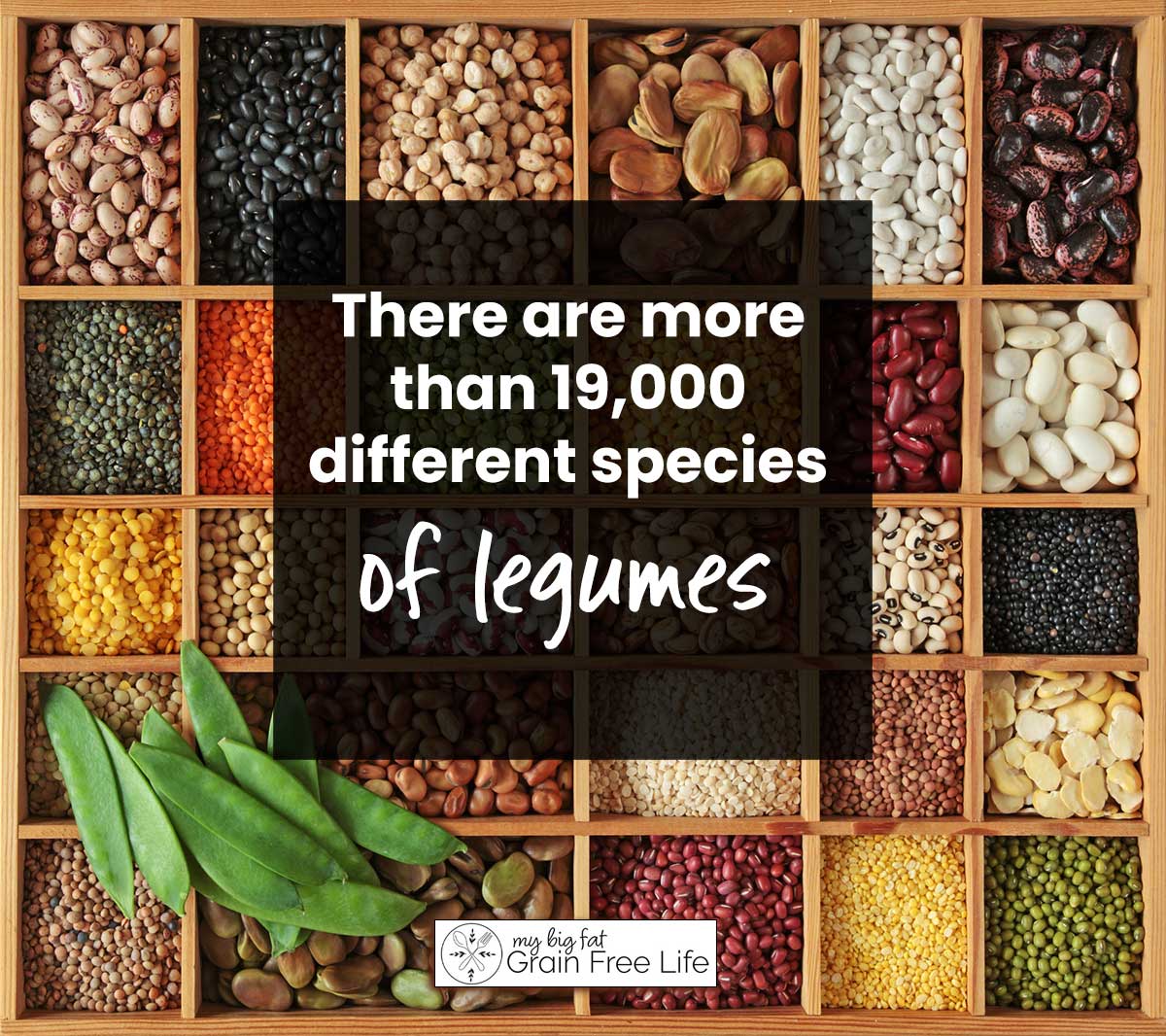
Types of Pulses
Pulses are mature seeds that are dried in their pod on the legume plant. Dried kidney beans are a type of pulse, as are dried black beans and dried pinto beans.
Health Benefits of Beans and Legumes
Legumes and beans are high-fiber foods with excellent nutritional value. They may help to lower high blood pressure and blood sugar. A high legume intake may also benefit your digestive system and prevent some digestive cancers.
Eating this food group may also lower cholesterol and prevent a heart attack.
Legumes are also full of essential vitamins and minerals, including vitamin B, iron, potassium, folate, and magnesium. They’re also full of anti-oxidants which may help to prevent cell damage and aging.
Downside to Eating Beans and Legumes
The problem with eating a large amount of beans and legumes is that you may experience gas and intestinal discomfort. The issue is that legumes contain a particular type of sugar that humans can’t digest. We lack the enzyme that breaks down the sugar. This means the sugar moves into the large intestine, where bacteria feed on it.
The result is that the sugar ferments in our digestive system, producing gas and farts.
You will also need to make sure that you cook most beans thoroughly because some, like kidney beans, contain phytohaemagglutinin. This is a type of lectin that clumps red blood cells together. It can also cause an upset stomach, diarrhea, and vomiting.
Lectins
Lectins are proteins that bind or connect to carbohydrates. They’re found in all plants, but the highest amounts are found in raw legumes. Lectin is toxic to human beings, so eating raw beans may cause you to vomit, give you diarrhea, or an upset stomach.
Soaking and cooking the beans helps to destroy the active lectins making the legumes safe to eat.
Saponins
Saponins are found in all cells of legume plants and are naturally occurring compounds. They’re bitter tasting. Plus, they’re what causes the soap-like foam in water when you rinse the legumes.
Saponins may also cause some gastrointestinal side effects like bloating, diarrhea, and stomach pains. So make sure that you prepare the legumes properly by washing, cooking, or fermenting them.
Phytic Acid
Phytic acid is another toxic substance that’s found in legumes, seeds, whole grains, and some nuts. This substance decreases the body’s ability to absorb iron, zinc, magnesium, and calcium.
The solution is to soak the beans before cooking and eating them. This reduces the about of phytic acid in the food.
Most legumes and beans as well as lentils, and peas are acidic. Here is an alkaline food list of beans that are less acidic:
- Lima Beans
- Mung Beans
- Navy Beans
- Pinto Beans
- Red Beans
- Soy Beans
- White Beans
Ways to Prepare and Cook to Reduce Negative Effects
It’s important to prepare and cook legumes correctly to prevent suffering from any negative effects after eating them. These methods involve soaking, sprouting, or fermenting beans.
Sprouting (Germination)
Eating bean sprouts is a good addition to your diet. Bean sprouts are a great source of minerals and nutrients, vitamin C, vitamin K, iron, fiber, and folate.
The first step is to soak the legumes until they’re soft. Next, rinse them in cold water before leaving them to soak again. This helps remove some lectins, which will make them easier to digest.
Drain and rinse the legumes once or twice a day until sprouts form. Store the sprouts in the refrigerator until you are ready to eat them.
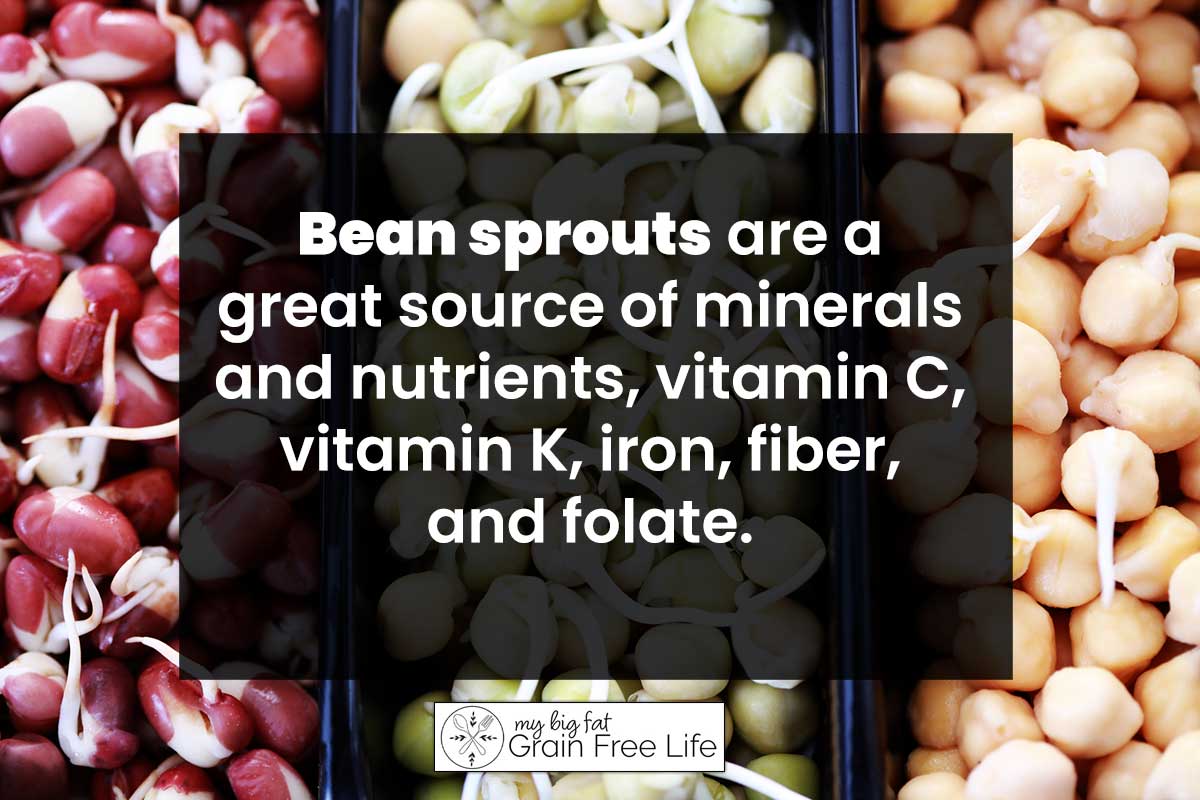
Soaking Dried Beans
Soaking dried beans is important as it helps to remove some of the toxic substances found in the legumes. You can soak the beans overnight before cooking the beans the following day.
How to Soak Dried Beans
1.) The first step to soaking dried beans is to give them a visual check. Beans are not always cleaned properly at the manufacturing plant, and small pebbles, dirt clogs, and other debris may be mixed up with the beans.
2.) Next, wash the beans under running water before soaking the beans overnight in cold water. Ideally, you’ll soak the beans for 12 or more hours and change the water after 6 hours.
3.) In the morning, drain the water and wash the beans again under running water.
Lactic Acid Fermentation
Another option for preparing beans is to ferment the beans in a brine or bacteria culture. This makes the beans more digestible.
Be careful about the type of culture you use to ferment the beans to make sure you’re using gut-friendly bacteria.
First, you’ll want to soak and cook the beans before fermentation.
Then use the brine from lacto-fermented vegetables or a culture of bacteria like kombucha.
You will need the bacteria and yeast to convert the starches in the beans. You’ll end up with a bean dish that can be mashed into a bean dip or added to salads.
Cooking To Reduce Lectins, Phytic Acid, and Saponins
Cooking beans thoroughly will reduce the amount of lectins, phytic acid, and saponins in the beans. To cook beans, first, discard the soaking water. Then cover the beans with three times the amount of water. In other words, if you’re cooking two cups of beans, you will need six cups of fresh water.
Bring the water to a boil and reduce the heat. Let the beans simmer until they’re tender. The cooking time might be 45 minutes or longer before they’re tender.
Make sure the beans are cooked thoroughly. Otherwise, you may not have destroyed all of the toxic substances in the beans.
Dry Vs Canned Beans
You’ll find there are a few differences between dry and canned beans. Dry beans are usually cheaper to purchase than canned beans. They are BPA-free and have less sodium. Most people agree that dried beans taste better than canned beans.
Canned beans are easier to use since they’re already cooked. Just make sure you drain and rinse the beans before eating them to reduce the amount of sodium.
Dry Vs Canned Legumes
While canned legumes are easier to use when cooking, they do have more sodium. Dried legumes are healthier and have more protein and fiber than canned legumes.
Do You Soak Dried Legumes?
Yes, you will need to soak dried legumes. This helps to remove the phytic acid, which prevents the body from absorbing necessary minerals like iron and zinc.
Are Beans and Legumes Paleo?
Beans and legumes are not allowed in a Paleo diet or an AIP diet.
Frequently Asked Questions about Beans vs Legumes
Keep reading to find out the answers to some frequently asked questions about beans and legumes.
Are legumes the same as beans?
The answer to this question is yes and no. Beans are a type of legume, but not all legumes are beans.
Which beans are not legumes?
All beans are legumes since the definition of legume is any plant that bears an edible fruit inside a pod. However, not all legumes are beans. As an example, green beans are not actually beans, but they are a type of legume.
What beans are considered legumes?
All beans are considered legumes.
What is the healthiest bean?
The French bean is considered one of the healthiest beans, as are yellow beans, great northern beans, and navy beans. (source: intake.health)
What’s the healthiest legumes to eat?
Some of the healthiest legumes to eat are black beans, lentils, and peas.
What is the healthiest pulse?
Chickpeas, lentils, and dry peas are among the healthiest pulses to eat. (source: perfect food )
In Conclusion
The main difference between beans and legumes is that beans are edible seeds from a legume plant, but not all legumes are beans. However, both beans and legumes are excellent sources of B vitamins and vitamin C. They can help prevent heart disease and lower cholesterol levels. They’re an excellent source of non-animal protein that you can enjoy as part of your diet.

